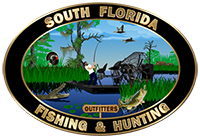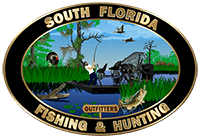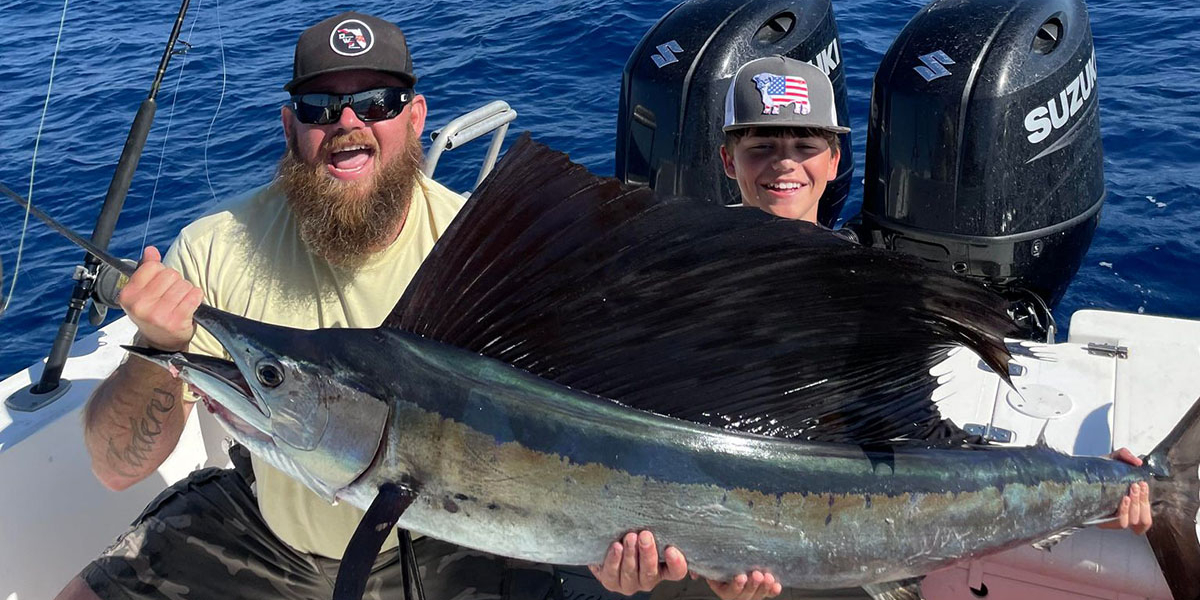Offshore fishing, also known as deep-sea fishing, offers some of the most exhilarating and rewarding experiences for anglers in South Florida. The waters off the coast are filled with game fish such as marlin, sailfish, mahi-mahi, and tuna, making it a prime destination for offshore fishing enthusiasts. However, to make the most of your deep-sea adventure, preparation and the right approach are essential. In this guide, we’ll cover key offshore fishing tips, including essential supplies, attire, and how to maximize your chances of landing a big catch.
What is Offshore Fishing?
Offshore fishing refers to fishing far from shore, usually in waters deeper than 100 feet. This type of fishing takes you miles away from the coastline, into the ocean’s depths where larger and more powerful fish reside. It’s a thrilling experience but requires more preparation and the right gear compared to inshore or freshwater fishing. In South Florida, offshore fishing is a year-round activity, thanks to the area’s warm climate and rich marine ecosystem. Whether you’re a seasoned angler or a beginner looking for a challenge, the opportunities for an epic catch are everywhere.
Essential Florida Offshore Fishing Supplies
One of the keys to success in offshore fishing is having the right gear. Without proper offshore fishing supplies, landing larger species can be a significant challenge. Here are the essentials you need:
- Fishing Rods and Reels: Heavy-duty rods and reels designed for deep-sea fishing are a must. Look for equipment rated to handle large fish. The best offshore fishing reels are those with high line capacity and smooth drag systems, allowing you to handle the power and speed of big fish like tuna and marlin.
- Fishing Line and Leader: Use a strong braided line for deep-sea fishing, as it offers high strength with less stretch, making it easier to detect bites in deep water. Also, bring plenty of fluorocarbon leader to resist abrasion and remain nearly invisible to fish.
- Tackle and Bait: Make sure to pack a variety of lures, jigs, and live baits like ballyhoo or mullet. Different species respond to different types of bait, so it’s good to be prepared with a range of options.
- Gaffs and Nets: A sturdy gaff will help you bring large fish onboard once you’ve reeled them in. A net can also come in handy for smaller catches.
- Cooler: Keep a cooler on board to store your catch and keep it fresh until you’re back on shore.
- Electronics and Navigation Tools: GPS and fish finders are essential for locating prime fishing spots and navigating safely offshore. You’ll want a fish finder that can handle deep waters and help you pinpoint where the big fish are schooling.
Offshore Fishing Attire
Dressing appropriately for an offshore fishing trip is just as important as having the right gear. Offshore environments can be unpredictable, and it’s crucial to be prepared for changing weather conditions.
- Sun Protection South Florida’s sun can be intense, especially when you’re out on the water for several hours. Some recommendatinos would include wearing a wide-brimmed hat, polarized sunglasses, and sunscreen with high SPF to protect your skin from harmful UV rays.
- Moisture-Wicking Clothing Lightweight, moisture-wicking clothing will keep you cool and comfortable throughout the day. Opt for long-sleeved shirts and pants made from quick-drying materials that also offer UV protection.
- Footwear Non-slip boat shoes or water-resistant sandals are ideal for offshore fishing. You’ll need footwear that provides grip on wet surfaces while keeping your feet dry and comfortable.
- Rain Gear Even on sunny days, weather can change quickly out at sea. Pack a waterproof jacket to stay dry in case of rain or heavy splashes.
FLorida Deep Sea Fishing Tips for Success
Once you’re geared up and dressed appropriately, the next step is mastering the techniques to make your offshore fishing adventure a success. 1. Target the Right Species South Florida’s offshore waters are home to various prized species, including sailfish, mahi-mahi, tuna, and marlin. Each species has its preferred habitat and feeding times. Sailfish, for example, are often found near the surface and are most active during the cooler months. Mahi-mahi and tuna tend to prefer deeper waters and are more prevalent during warmer months. 2. Use the Right Bait Understanding the feeding habits of the fish you’re targeting is key to selecting the right bait. Live bait such as ballyhoo, mullet, or squid is often the most effective for catching large game fish. However, trolling with artificial lures can also yield excellent results, especially when targeting fast-moving species like tuna. 3. Practice Trolling Trolling is a common method in offshore fishing where lines with bait or lures are dragged behind the boat at varying speeds. This technique covers a large area and is effective for attracting fast-moving fish. Adjust your trolling speed depending on the species you’re targeting; for example, faster speeds are ideal for tuna, while slower speeds work best for sailfish. 4. Watch for Signs of Fish Look for visual cues that indicate fish activity. Birds diving into the water often signal a school of baitfish, which in turn can attract larger predators like tuna or mahi-mahi. Floating debris such as seaweed lines or logs can also provide shelter for fish, so it’s worth trolling around these areas. 5. Be Prepared for a Fight Offshore fish are powerful and often put up a strong fight, so patience and endurance are critical. When reeling in large fish, use your body weight to maintain control, and let the rod and reel do the work. It may take several minutes or even hours to successfully land a big catch, so be prepared for a challenge.
Safety Tips for Offshore Fishing
Deep-sea fishing comes with its own set of risks, so it’s important to prioritize safety.
- Check Weather Conditions: Always check the weather forecast before heading out. If there’s a chance of storms or high winds, it’s best to postpone your trip.
- Life Jackets: Ensure that everyone on board has a properly fitted life jacket.
- First Aid Kit: Carry a fully stocked first aid kit with supplies for treating cuts, bites, and other potential injuries.
- Emergency Communication: Make sure your boat is equipped with a VHF radio or satellite phone for emergency communication, as cell service may not be available offshore.
Looking to Book an Offshore Fishing Trip in South Florida?
Contact South Florida Fishing and Hunting today! Whether you’re a seasoned angler or a beginner, we offer customized offshore fishing trips that provide an unforgettable deep-sea adventure. Let our expert guides take you to the best fishing spots in South Florida. Get in touch with us now to book your trip and reel in the catch of a lifetime!


